The first people to live in the area were Bundjalung people. The name Murwillumbah derives from an Aboriginal word meaning "camping place" – from Murrie, meaning "aboriginal people", Wolli, "a camp"; and Bab, "the place of". Nearby
Mount Warning and its attendant national park are known as Wollumbin, meaning "Cloud Catcher", in the Bundjalung language.
Timber-getters were drawn to the region in the 1840s. The river port at Tumbulgum was initially the main settlement. In 1902, a local government municipality was declared with Murwillumbah as its centre.
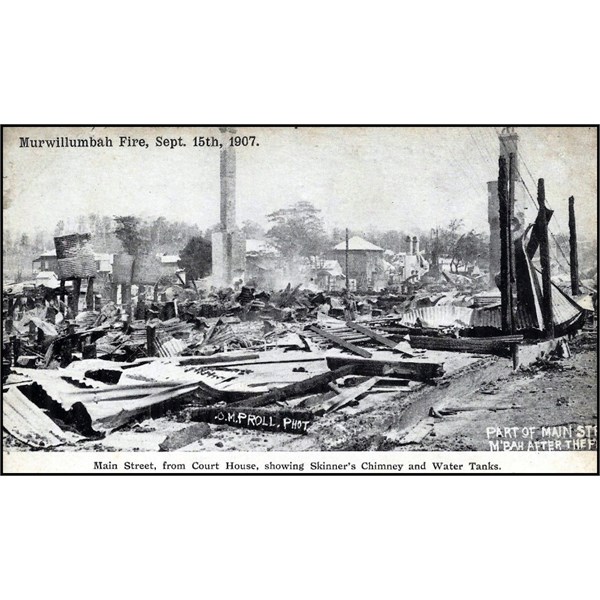
1907 Murwillumbah Fire in Main St
Most of the town's business district was destroyed by fire in 1907.
On September 15, 1907, at about 8:30 p.m., Murwillumbah was shocked by the sight of a fire at Dainer’s
Bakery. Many of the townspeople had been startled by the clanging of bells and shouts of “FIRE!”, and rushed out to see what was happening. It was reported that Roy Dainer, the 14-year-old son of baker, Edward Dainer, first sounded the alarm, after he and his brother noticed smoke coming into their kitchen, where they were playing cards.
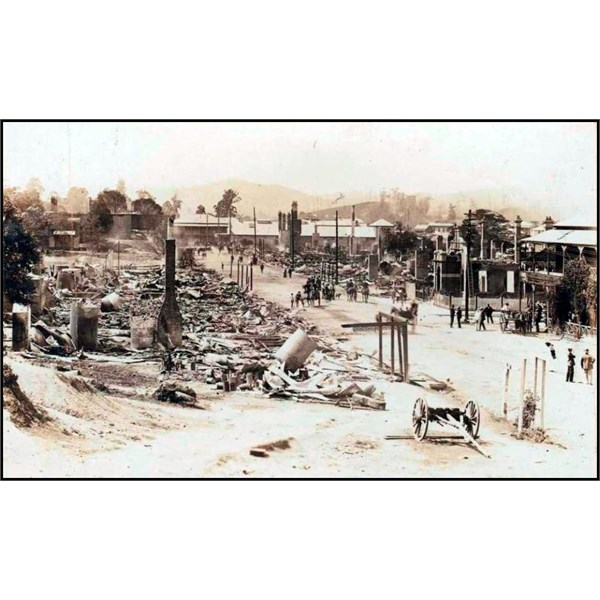
Murwillumbah after the 1907 fire
The long expected had happened. What 48 hours ago was one of the most thriving cityettes in the Commonwealth was now a heap of blackened
ruins. After years of unparalleled prosperity Murwillumbah had, after being asleep for too long, been rudely awakened. The vast majority of the business centre of the town has been totally destroyed, and the town and district had received a blow which it took some time to recover from.
Murwillumbah is the location for Australia’s largest-ever bank robbery which occurred in 1978 and has not been solved. On a muggy November night in the sleepy sugar cane town of Murwillumbah, just across the NSW border from the
Gold Coast, a gang of five highly-skilled, professional bank robbers pulled off an audacious crime.
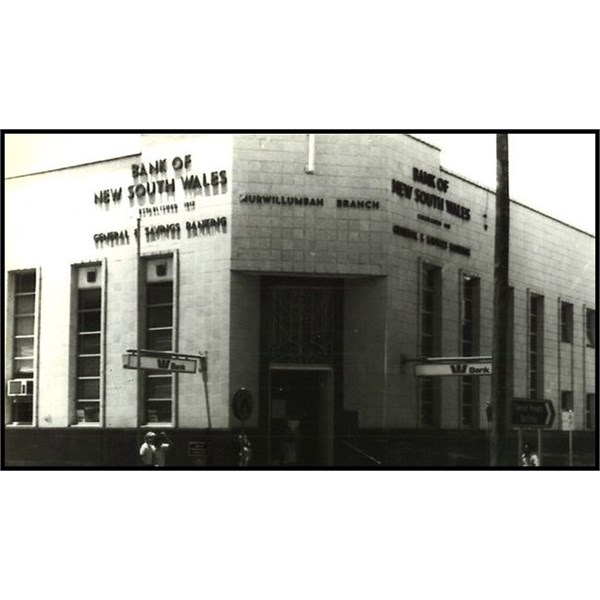
Murwillumbah Branch Bank of NSW
Their target was the Bank of NSW (now Westpac), on the town’s main street, just a few steps from the police station. As the town slept, the men broke into the bank through the wooden back door, and made straight for the strongroom. There, they set up a sophisticated magnetic drilling rig and proceeded to bust open the vault. Inside was $1,763,400 in used bills - 50s, 20s, 10s, fives, twos and ones - neatly packed into small plastic containers inside seven cardboard boxes. When they had completed their haul, the gang calmly removed the loot and packed away their equipment, before removing the dials and the handle to the Chubb safe which had contained the notes.
On their way out, they jammed the tumblers to the locks on the strongroom. They loaded the loot into a panel van and left, most likely headed for the
Gold Coast.
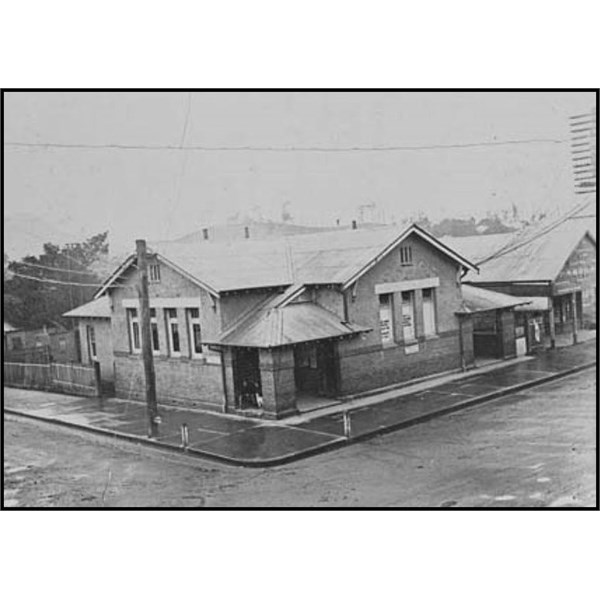
Murwillumbah post office, 1921
Murwillumbah is protected by a series of levees, but they do not protect all parts of the town in major floods. The worst flood to hit the town occurred in February 1954, with another major flood in 1956. In 1974, 200 people were evacuated from the town after floodwater from Tropical Cyclone Zoe inundated the area.
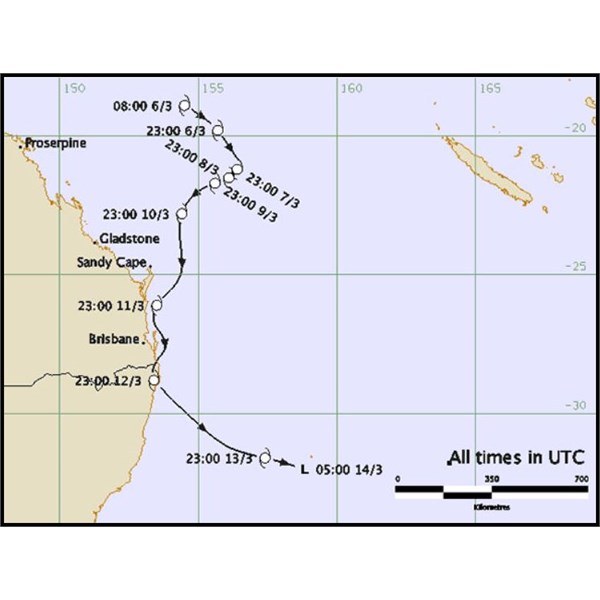
Tropical Cyclone Zoe
In January 2008, Murwillumbah and surrounding areas were hit by severe flooding. May 2009 saw more evacuations in the town and surrounds after heavy rainfall.
Zoe crossed the coast at Coolangatta and then recurved back out to sea. Major flooding occurred in North New South Wales and 200 people were evacuated in Murwillumbah and 500 families were evacuated at Lismore. Landslides cut the main railway line in 4
places between Casino and
Coffs Harbour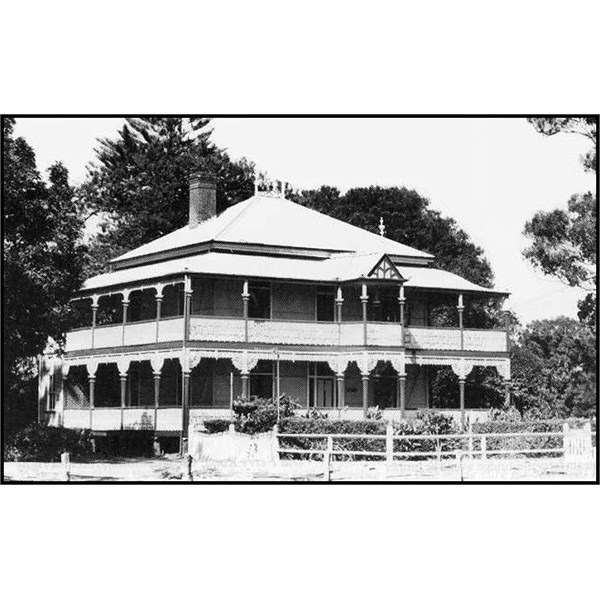
Lisnagar Homestead 1904
Lisnagar has become a local landmark and classified by the national Trust of Australia (NSW) as a
heritage treasure . The land bought at auction (1862) by Samual Gray and (1871) by Joshua Bray was later bought by Edward Twohill who in 1904 had Lisnagar built for his wife Ellen. Lisnagar is still owned by the Twohill family.
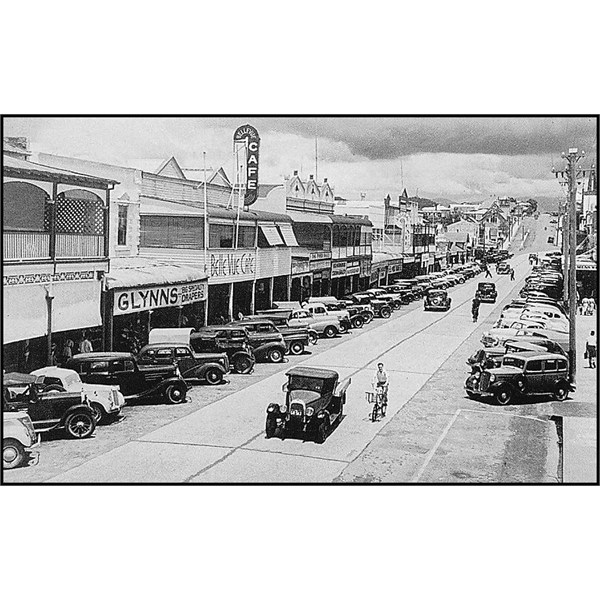
Belle Vue Caf? 1938
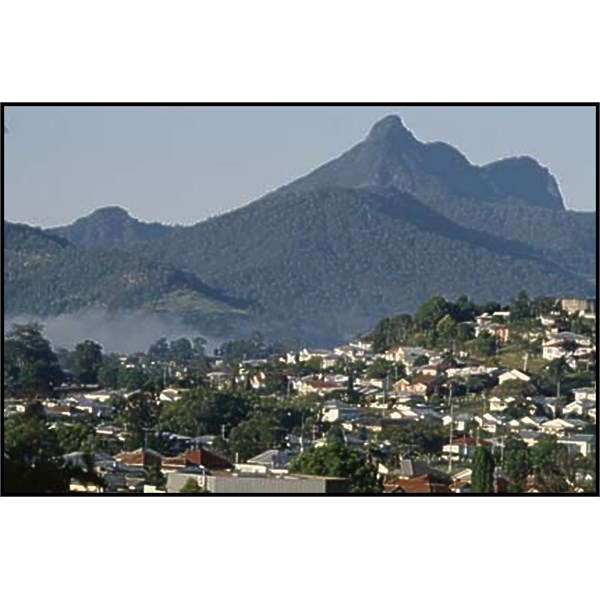
Murwillumbah with Mount Warning in the background
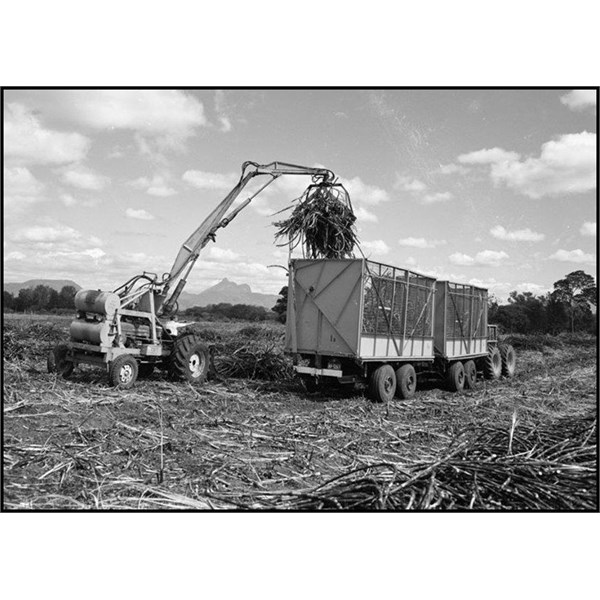
A grab loader loading sugar cane near Murwillumbah 1969